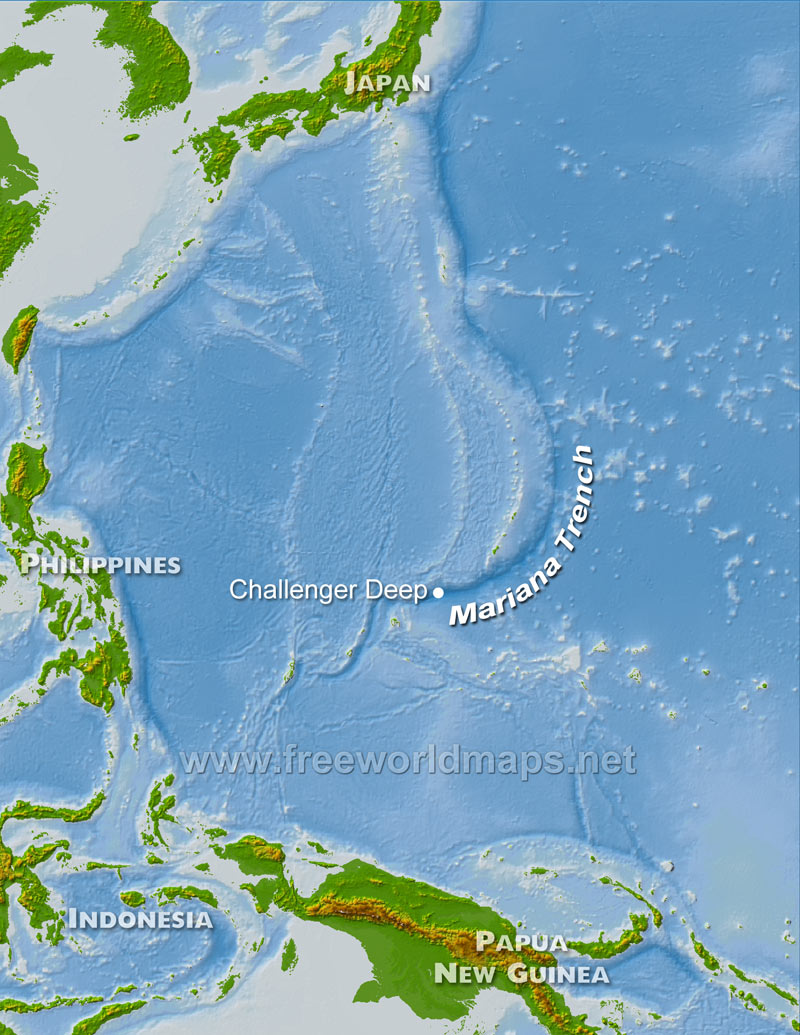
After all of my adventures chasing plate tectonics (and getting chased), it seems rather tame to be back at home in my little reef. I'm afraid I'm not cut out for life as a normal fish; I much prefer the excitement and chase of seeking out science. Perhaps I'll branch out into marine biology.
Anyway, you didn't come here to listen to me whine about the life of a clownfish. You clearly came here to get the link to my Google Earth tour! Squirt and I wanted to share a more visual aspect of our journey. Unfortunately, here in the Great Barrier Reef, we don't have great computers, so I'm not able to upload it right now. If I do so in the future, you'll be the first to know! See you during my next adventure!
*UPDATE*: Go to this site for the tour.
https://sites.google.com/site/fadsjfklasdfjlksadj/google-earth-tour/Nemos%20Tectonic%20Tour%20Trip%20Time%21.kml?attredirects=0&d=1
*UPDATE*: Go to this site for the tour.
https://sites.google.com/site/fadsjfklasdfjlksadj/google-earth-tour/Nemos%20Tectonic%20Tour%20Trip%20Time%21.kml?attredirects=0&d=1








